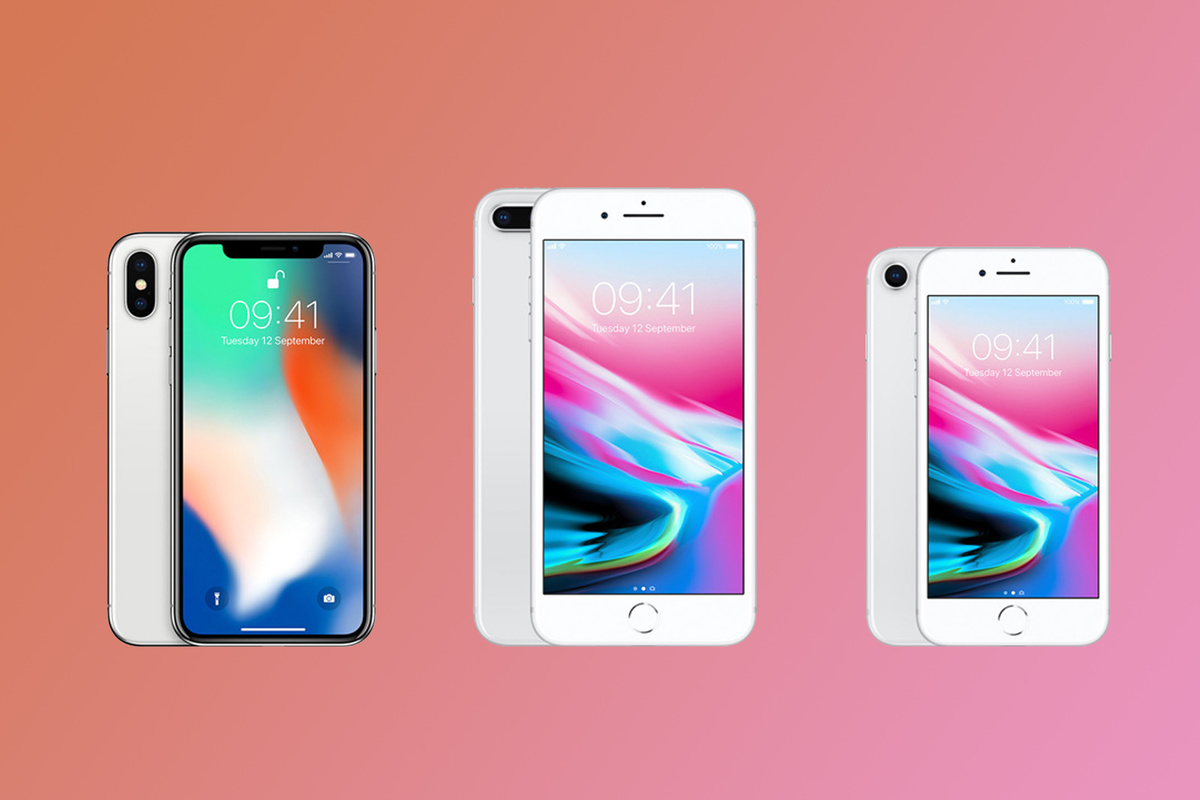On Tuesday, Sept. 12, Apple showed the iPhone X off to the world. It has lots of neat features and improvements, including a cool 4-digit price tag. This may seem shocking to some, as if Apple had priced this phone way above all others on the market. Apple is not alone in pricing flagship smartphones at obscenely high prices; the Samsung Note 8 that was put up for preorder a few weeks ago retails for only $70 less at $930.
There are lots of opinions about smartphones priced this highly. Some argue that it is not unreasonable for one to cost that much since it gets used more than any other device you own. Others argue that you should not pay more for a phone than a device such as a laptop or desktop. In the end, the Note 8 received 650,000 preorders in its first five days, and the iPhone X will be far more popular than that. Diehard Apple fans believe a special 10th anniversary iPhone is worth it to them even at its high cost.
But, maybe you are a broke college student who just found out their phone is dead for good. You need a smartphone. Your friend gets mad if you don’t reply to their snaps within 12 seconds and your overprotective mother fears for your safety if you don’t answer her fifth call of the day. You need a phone, but you don’t have $1000 to just drop. Or maybe even $700, the average price of other flagship smartphones.
If this was a few years ago, I’d feel bad for you. Budget and midrange smartphones were not the best. You had some gems, such as the Nexus 5. But many them were not a good experience at all. Luckily, this is the end of 2017. In the last 2 years, the biggest improvement in smartphones has been in the mid and low end. In flagships, the only major “innovation” has been smaller bezels. In the mid and low end, screens have gotten better, batteries have gotten bigger, cameras have improved, headphone jacks aren’t being removed, and the everyday experience has improved to very close to the level of flagship devices for a fraction of the cost.
A great midrange example is the Huawei Mate 9. If you haven’t heard of Huawei before, they are a Chinese manufacturer that worked with Google on the Nexus 6P. Many people also have a stigma about Chinese tech, thinking that all of it is cheap and not worth their time. This is an outdated outlook, as Chinese manufactures now provide many well-built devices at an incredible value. The Mate 9 is a perfect example. It sports a 1080p display, a unique dual camera setup, a metal unibody design, an 8 core CPU, 4 GB of RAM, 64 GB of storage, huge 4000 mAh battery, and more all for only $480. It has many of the features you would expect from a flagship for noticeably less money.
A great budget example would be the Moto G5 Plus. If you have an Amazon prime account, this device can be bought for only $240. It features a 1080p display, 4 GB of RAM and 64 GB of storage. It also has the Snapdragon 625 processor, which is regarded as a highly efficient CPU that is still quick enough to make the phone smooth. It does not have a premium build, and its camera is not a world beater. Even with its shortcomings, it costs less than 25% of what the iPhone X does, and it still delivers a more than usable smartphone experience.
Apple fans should not forget that they have options of their own. The iPhone 6S starts at just $450 new from Apple. It still runs well on iOS 11, has an Apple A9 chip which is still plenty fast, and has key features such as Touch ID 2 and a headphone jack. The iPhone SE sequel is rumored to be launching in spring, but even with this knowledge, it is also a nice choice if you can handle the small screen for only $350.
While the Note 8 and iPhone X have their place, phones in the mid-range and budget categories should not be forgotten, as they become more and more attractive options as these areas of the market push the envelope and flagships go up in price.

Be First to Comment